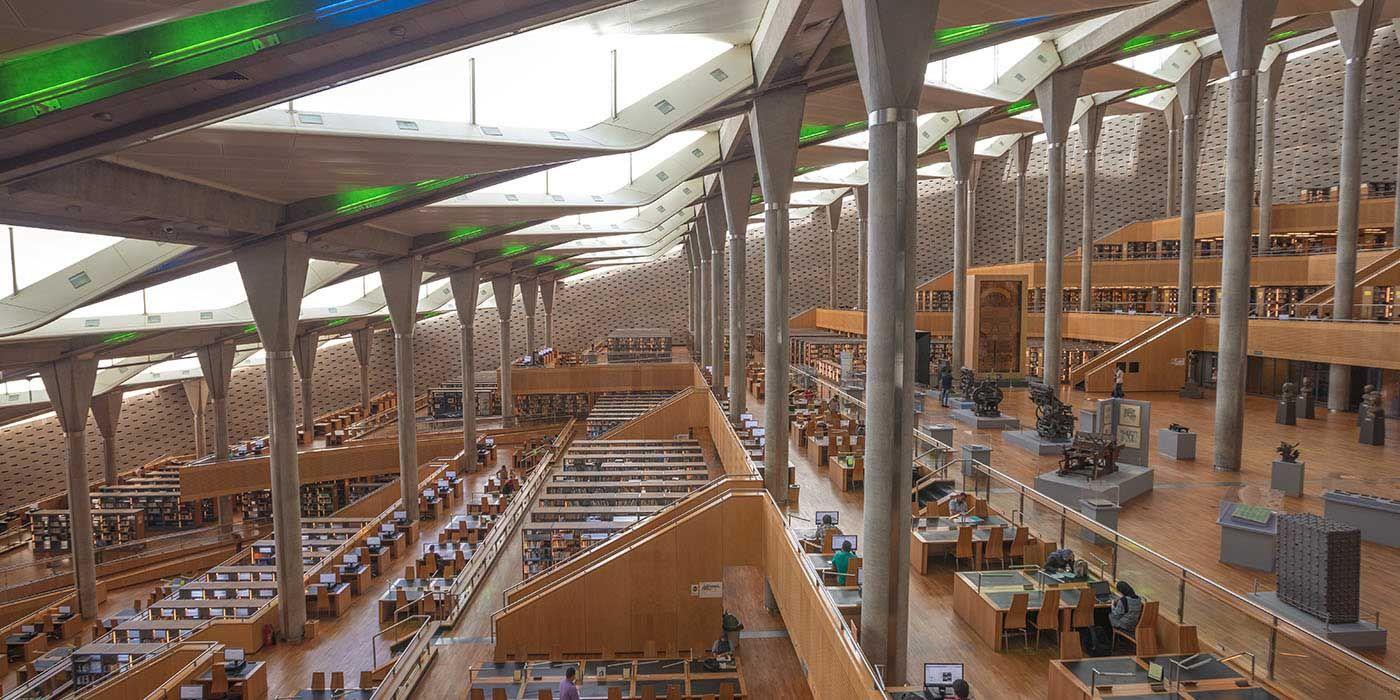
The Great Library of Alexandria
When you talk about tourist destinations, Egypt never fails to get on the list. Endowed with the Nile River, seas, and remarkable cultural heritage, Egypt is a popular destination famed for its breathtaking scenery and historic sites.
Every visitor has a lot to enjoy in the country. And a significant factor that has drawn visitors to this Egypt is its history. The world has been enthralled by Egypt's amazing ancient past for many centuries. You cannot but be charmed by the history embedded in the beautiful nation.
You have a lot of places to visit and learn about during a visit to Egypt and one of them is a visit to the historical Library of Alexandria; the largest library in Egypt and the major attraction in Alexandria.
Let's peek into the History of the Great Library of Alexandria.
What Do You Know About The Location History?
The Great Library of Alexandria sits in the city of Alexandria which was founded by Alexander the Great. And then, Ptolemy I Soter who was the successor of Alexander the Great founded the Great Library of Alexandria. The library is also referred to as the Museum of Alexandria, or Seat of the Muses.
Aristotle's Lyceum in Athens served as the inspiration for the Museum, a shrine erected in adoration of the nine female deities of the arts known as the Muses. The Museum was so large that in addition to the Library, the Museum featured other areas like lecture halls, gardens, a zoo, and temples to each of the Muses. The actual quantity of items kept in the library is uncertain but reports claim that there were about 40,000 to 400,000 papyrus scrolls. Papyrus scrolls were the primary means of written communication during the period (paper did not exist until another four centuries later). More than 100 researchers worked as writers, lecturers, document translators, and copyists full-time at the museum.
The construction of the Great Library played a significant role in the development of Alexandria as the Capital of Knowledge and a Center of Culture. It was a gathering place for intellectual work and research by a large number of impactful and significant scholars and other bright minds.
What Happened To The Great Library?
Julius Caesar was said to be the first person to burn the library. It happened when Caesar was engaged in a civil war with his adversaries on the political scene. The narrative claims that Caesar, who was under attack from his adversaries, gave orders to his soldiers to burn the ships of his enemy in the harbor. The fire then spread to the city affecting the library. Although it is unknown how much the library was affected, the fire did burn some parts of the Great Library. The library continued to exist despite this disaster, though. After the fire attack by Caesar, Mark Antony reportedly handed Cleopatra 200,000 scrolls to the library.
However, this wasn't the only event that threatened the existence of the library. The temple again suffered from fire when Theophilus, a Patriarch of Alexandria carried out a ruling by Theodosius I, a Christian Roman emperor. The emperor's decree allowed the obliteration of pagan temples throughout the empire. Theophilus' order of building a church in the area meant the demolition of the temples in the library.
Yet again, the great library received more threats when the Muslim ruler, Caliph Omar assumed power. According to the Muslim ruler, the contents of the library would dispute the Koran sayings or support it, therefore, rendering them redundant. The city's bathhouses were then allegedly lit using the library's contents. Today, barely anything from the library is still evident.
Tailor Make Your Amazing Alexandria Day Tour Here!

Why Is The Great Library Of Alexandria Famous?
The Great Library of Alexandria is famous for being the most popular historical Library which was part of the Alexandrian Museum, a research facility located in Alexandria, Egypt.
Before it was destroyed, the library was one of the world's wonders, which housed intellectuals who researched science, history, and all other branches of knowledge.
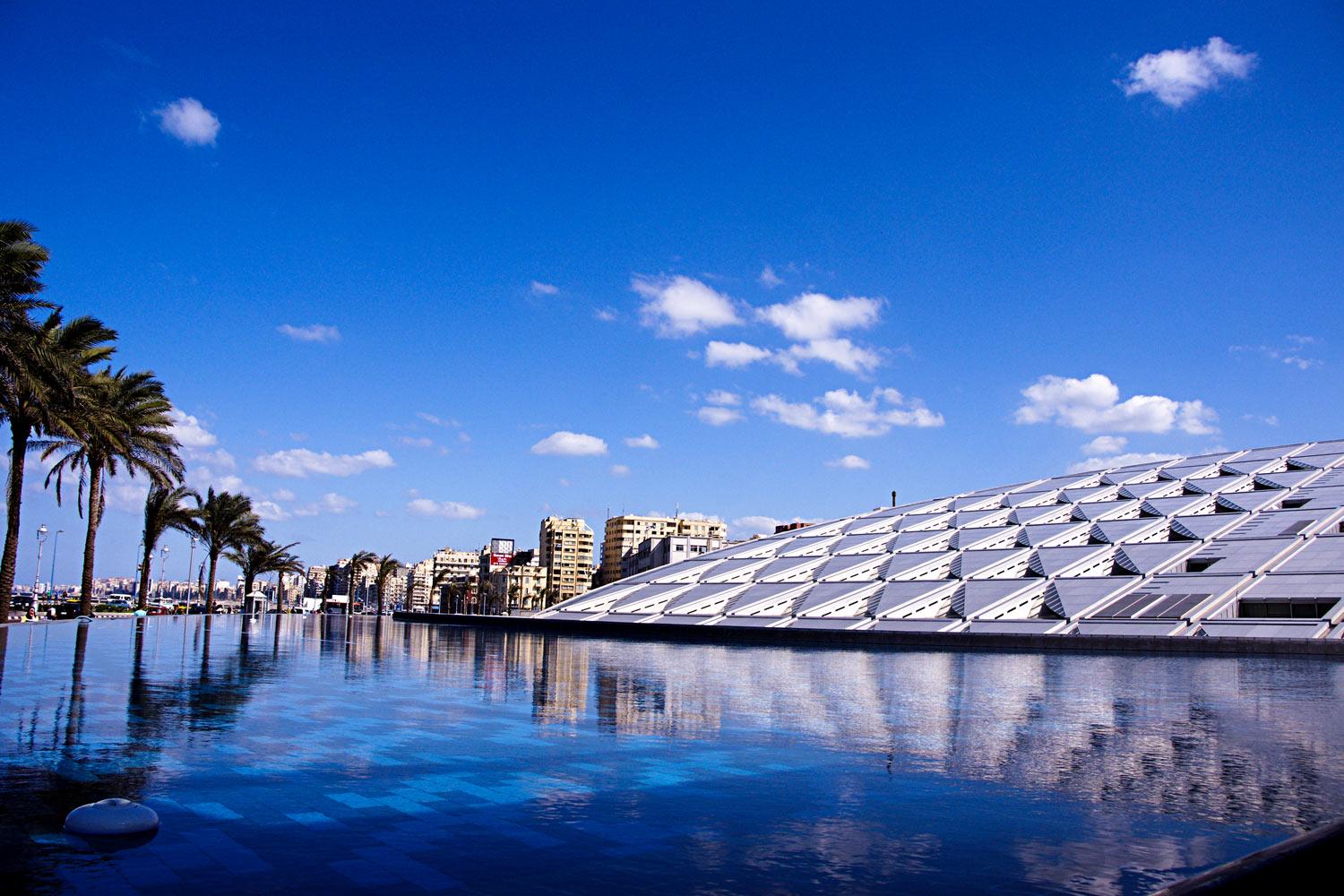
The Library’s Structure
Since there are no drawings or descriptions of the library at that time, what's left are the conceptions of artists regarding the architecture of the building. The Library of Alexandria's ruins that have never been discovered is thought to have submerged during an earthquake making it hard to know exactly what the structure was like.
However, we know that the library was a building sitting inside a very large academic institution. The library was also thought to have been constructed close to the port in the city's Royal Greek Quarter close to the palace.
The Serapeum, a smaller library, gardens, a number of lecture halls, and gathering spaces were located all around the Library. The entire facility was referred to as the Museum of Alexandria which served as the center of learning. It housed hundreds of thousands of scrolls that included tales, facts, and knowledge from the ancient world.

Things to Know Before Visiting the Library
Although barely anything of the library was remaining after the many threats it faced, there are great things to go see.
Though destroyed, the great library with a lot of history and myths underwent a grand reconstruction for a decade and became established in 2002. Today it is now known as "The Bibliotheca Alexandrina."
Both the interior and exterior of the library are stunning, offering readers the perfect reading space. Elegant materials were utilized in its construction to create an environment that is luxurious yet simply elegant.
The huge library is about 80,000 square meters housing shelves that are many enough to accommodate 8 million volumes of books. Inside the library are special rare books section, reading room, conference room, art galleries antiquities, and science museum to mention a few. Engraved on the granite walls of the library are different texts in known languages. What could be better than witnessing the elegance of this grand library?
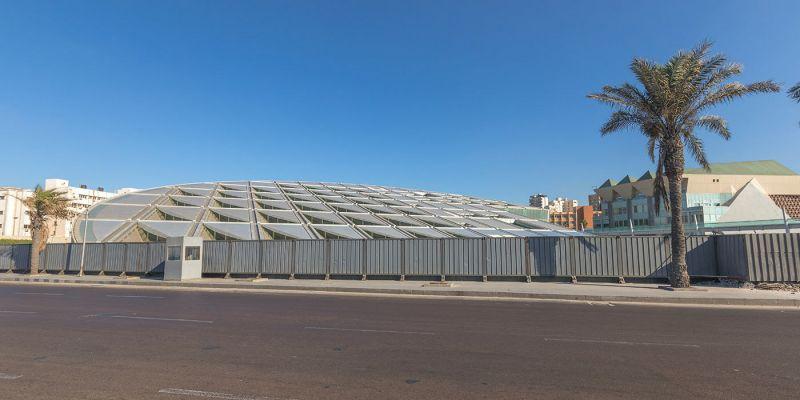
The Best Time To Visit Alexandria?
If you've decided to pay a visit to the historical city, of Alexandria, you might want to plan against autumn or fall from September to November. And alternatively, you can go during spring in March and April. Visiting during this period can be a good chance to explore more interesting destinations in the city.
related tours

Best Dahabiya Nile Cruise and Cairo Tours
8 Days / 7 Nights
From
$ 3377

Egypt Vacation Package
12 Days / 11 Nights
From
$ 1699

Pyramids, Nile and Sharm El Sheikh Package
12 Days / 11 Nights
From
$ 2370
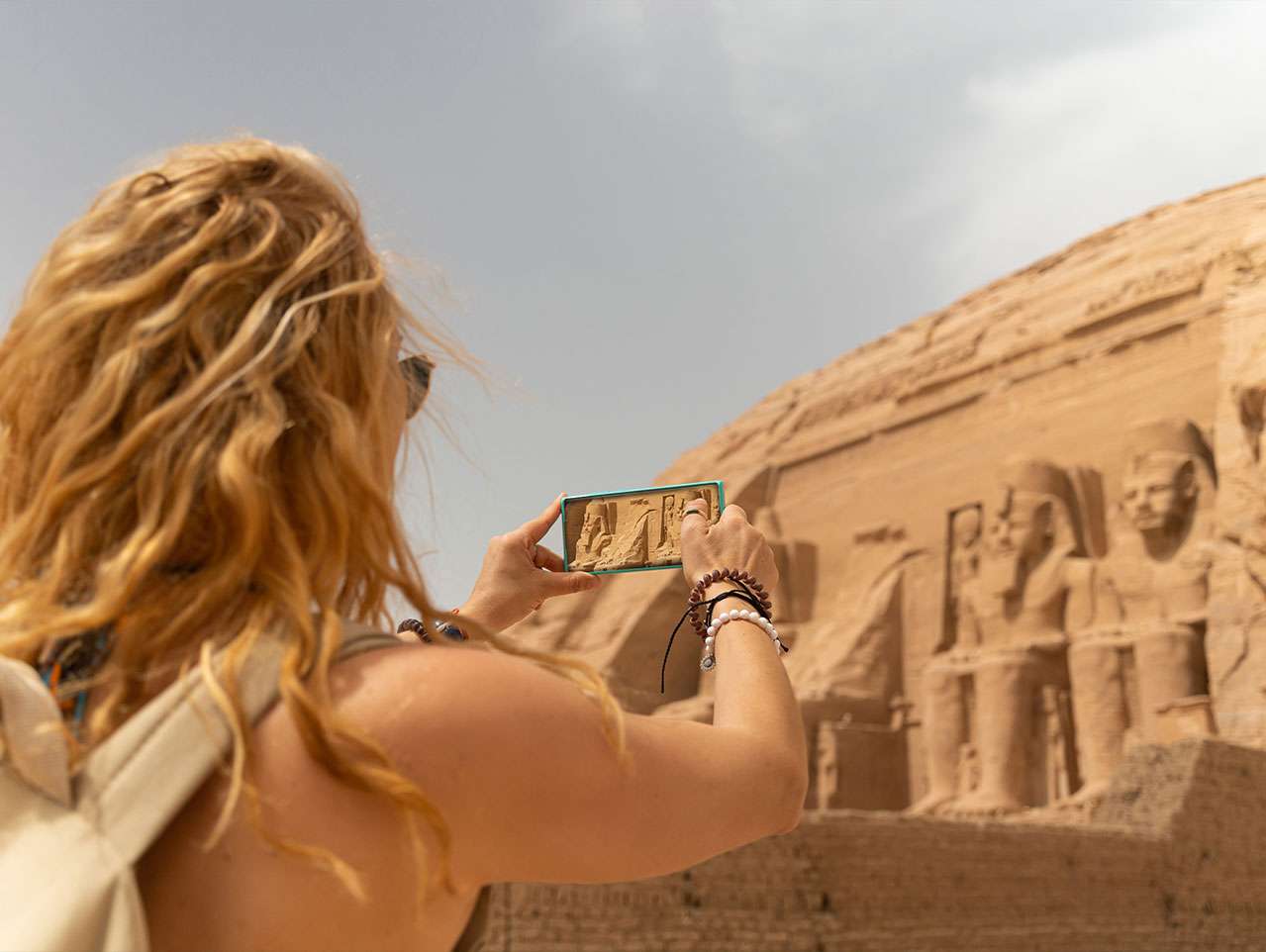
Best Travel Packages to Egypt with Abu Simbel
8 Days / 7 Nights
From
$ 1445
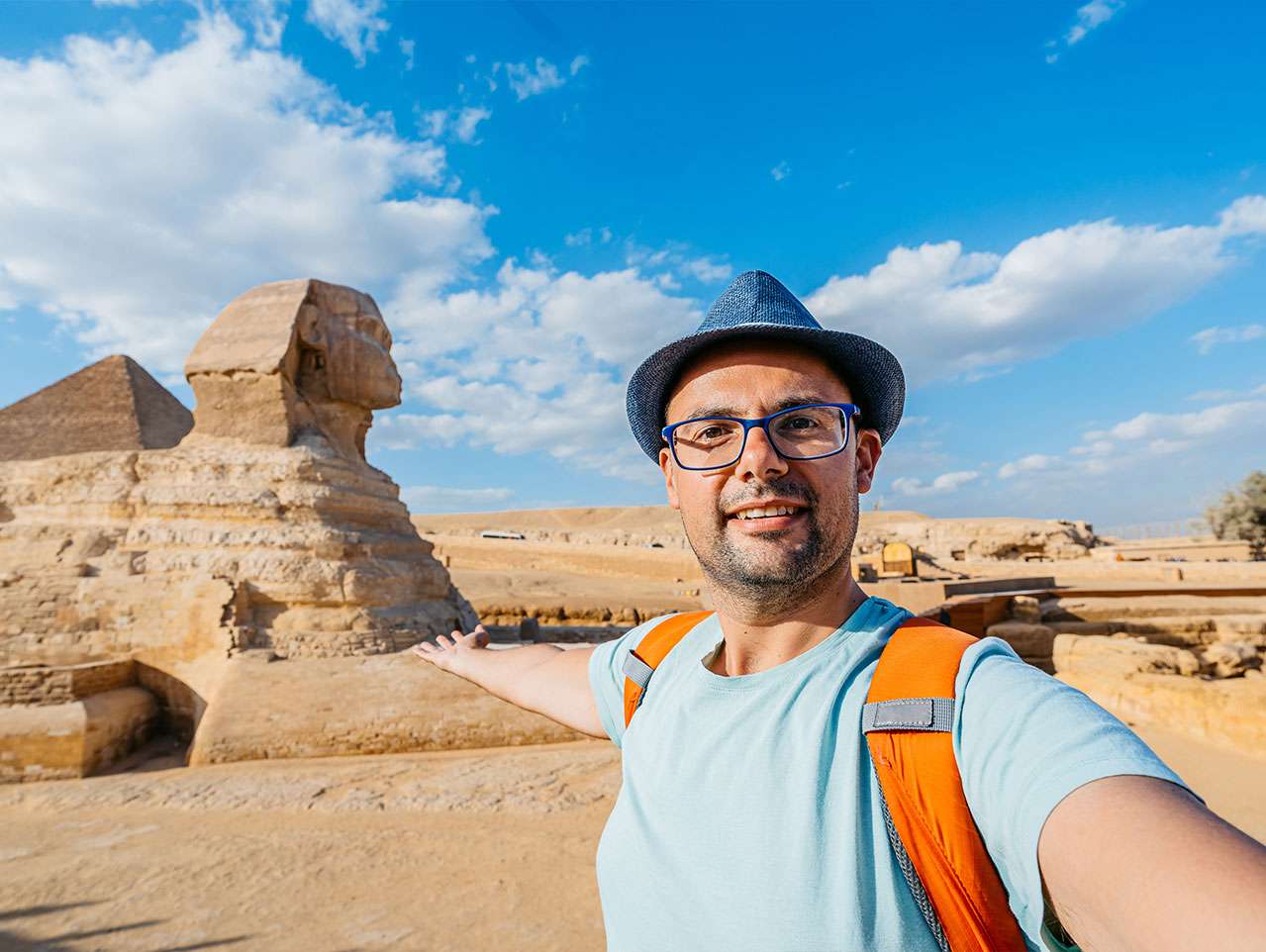
Egypt Tour : Giza Pyramids & Nile Cruise
8 Days / 7 Nights
From
$ 1099
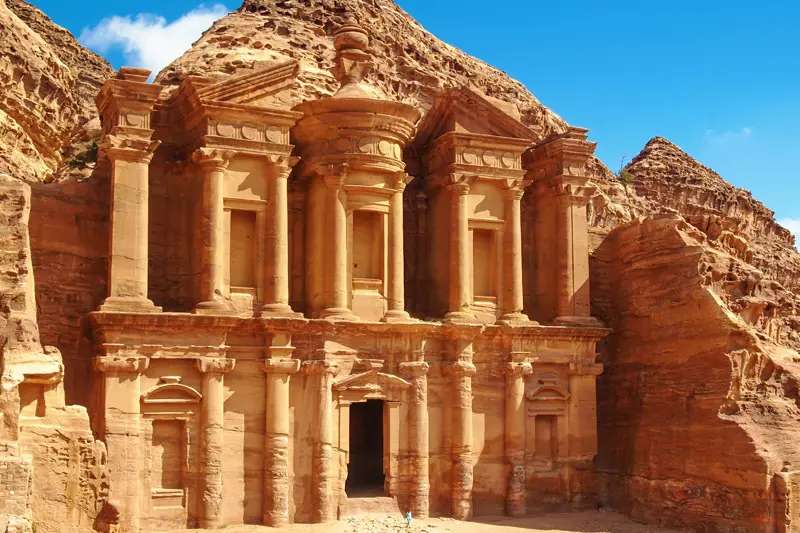
Egypt & Jordan Ancient Wonders Tour
12 Days / 11 Nights
From
$ 2269
